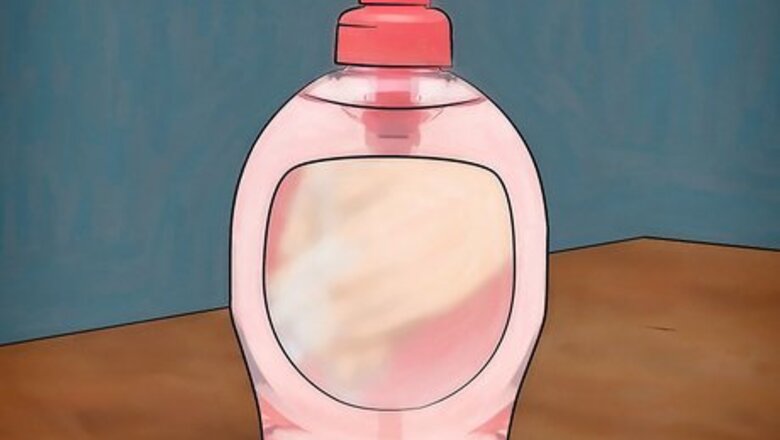
views
Cleaning the Furniture
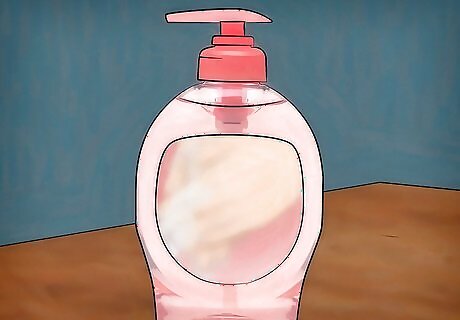
Choose a mild cleaner. To start, choose a mild cleaner. As you want to keep antique furniture as damage-free as possible, harsh chemicals are a bad idea. A mild dish soap diluted in water is a safe choice for most antiques. Use dish soap intended for hand washing dishes. Soap that you would use in a dishwasher is more acidic. If dish soap is not successfully removing grime, it's okay to opt for a slightly stronger cleaner. Something like Murphy's Oil would work, but use only a small amount. You should not use an abundance of oily products on older furniture. Some experts feel furniture paste wax, which you can find at most hardware stores or department stores, is a better option for cleaning antiques than oil.
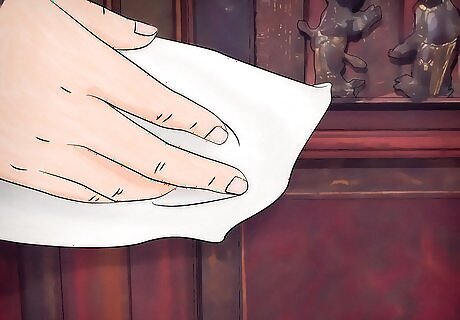
Rub the surface down with a soft cloth and your chosen cleaner. To start, wet a rag with a light amount of your chosen cleaner. Gently rub down the surface of the furniture. Keep wiping the surface with the same rag until the rag no longer picks up new dirt or debris. Avoid scrubbing, as this can damage the finish of old furniture. Use gentle wiping motions instead. Move the rag in the direction of the grain of the wood.
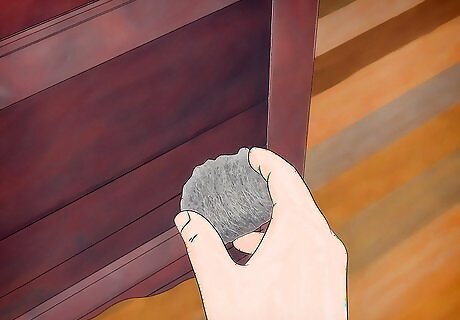
Remove stuck on stains with steel wool. Some areas may have stuck on stains or grime. You can use steel wool to remove these stains as long as you use #0000 wool and work at the stains using gentle motions. Rub in the direction of the wood grain. Keep rubbing until the unwanted dirt and debris is gone. Make sure not to use too much force. This can damage the finish.
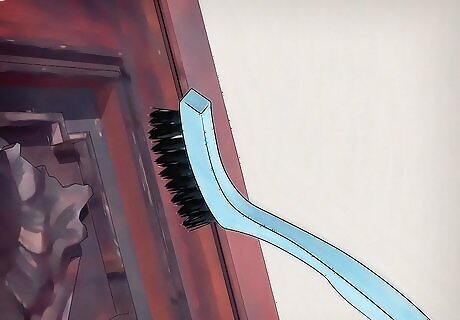
Use a toothbrush in hard-to-reach places. Some areas in the furniture, like corners or curves, may be hard to reach with a rag. For these areas, use a toothbrush. Dip a toothbrush in your cleaning solution. Following the grain, scrub down hard-to-reach areas until dirt and grime is gone.
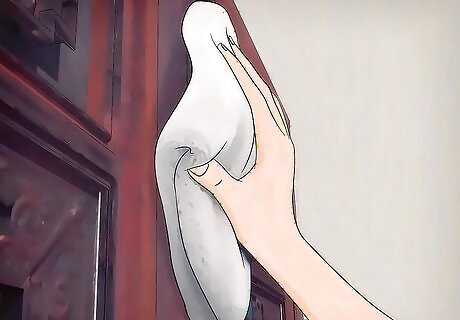
Wipe down the furniture and allow it to dry. Once you're finished cleaning, you can wipe down the furniture with a dry rag. Use gentle motions to sop up most of the liquid until the furniture is relatively dry to the touch. Allow the furniture to air dry a bit before continuing with the cleaning process.
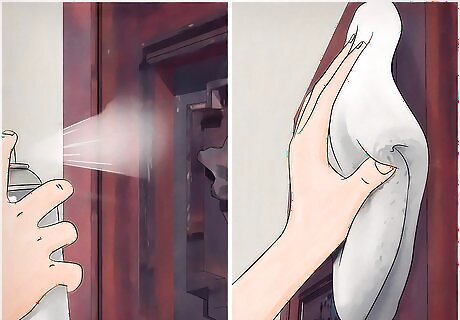
Polish the furniture when finished. Once the furniture is dry, add a layer of polish. This will make the finish glow and give the furniture a nice look. To polish, simply take a clean cloth and buff the furniture until it glows. Furniture polishes, especially silicone-based polishes, are best avoided on antiques.
Maintaining Antique Furniture
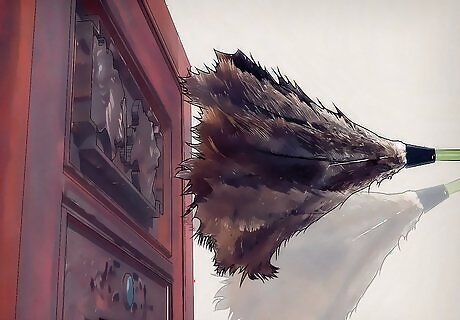
Dust antique furniture regularly. To prevent the buildup of grime, dust your furniture regularly. When doing routine dusting in your home, take a rag and dust off any debris built up on antique furniture. If you're using dusting sprays, go for a mild spray or no spray at all on antiques.
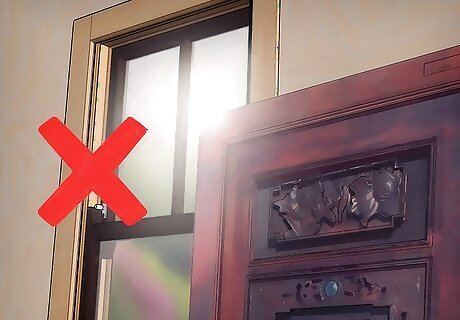
Keep antique furniture out of sunlight. UV light is very damaging to antiques. Therefore, it's a bad idea to allow your antiques to be exposed to sunlight. Do not leave antiques outside, especially in shaded areas. Do not store antiques near a window, where they may be exposed to sunlight from outdoors.
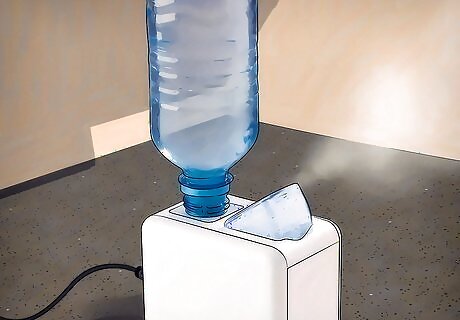
Use a humidifier in a dry environment. Antique furniture is affected by moisture in the air. Changes in humidity can cause wood to shrink and crack. Keep a humidifier in the room where you store your antiques. This will keep the humidity stable, minimizing the negative affects of changing in moisture in the air.
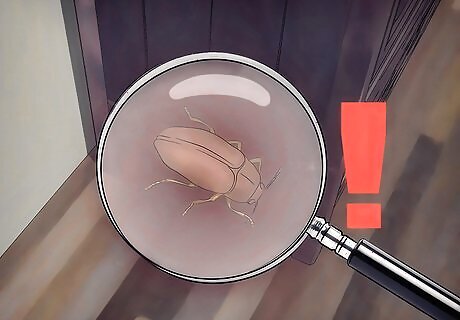
Remove antique furniture right away if you suspect a pest infestation. Antique furniture can be very valuable. Therefore, it's a bad idea to allow it to be exposed to pests. Certain types of bugs, like beetles, as well as rats and mice will chew through antique furniture. In the event you notice a pest infestation in your home, remove antique furniture right away. Store the furniture elsewhere until the infestation is resolved. Check for any loose or damaged bits before moving antique furniture. You should not carry furniture holding areas that are wobbly or dislodged. Carry chairs by the seat rails. Carry tables by the apron or legs. Always carry furniture, especially large furniture, across the floor instead of dragging it.
Avoiding Pitfalls with Cleaning and Care

Consult an antiques expert before attempting to restore or alter old furniture. If you have an antique that's pricey or a collector's item, do not attempt to restore it on your own. Talk to a local antiques dealer and ask for advice or tips. If you're not familiar with restoring furniture, you may want to hire a professional instead of attempting to restore an antique on your own.
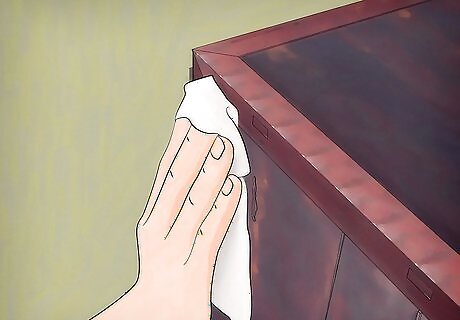
Test your cleaner on a small portion of the furniture first. You want to make sure your chosen cleaner will not harm your antiques. Test a small amount on a tiny area of the furniture that is not easy to see, such as underneath the seat of a chair. Wait a few hours and check. If you do not notice any damage or discoloration to the furniture, this cleaner is probably safe to use.
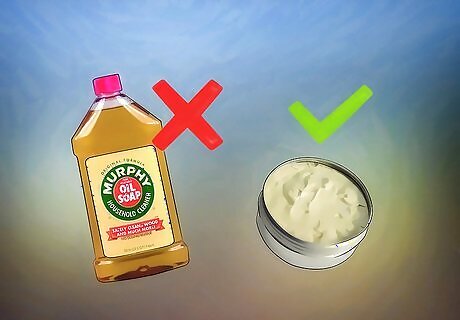
Avoid using oils on very old furniture. Murphy's Oil, when diluted, is usually safe to use on antiques. However, with very old wood furniture, opt for wax over oil-based products. Wax-based cleaners are a better option, as wax will serve to protect wood as well as clean it.
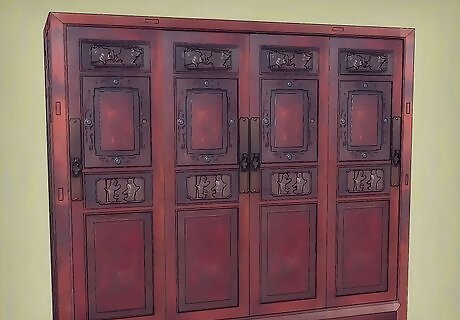
Leave paint on furniture alone. It's common to notice old or chipping paint on antiques. Your first impulse may be to remove such discolorations. However, this is a bad idea and may negatively affect the value of your furniture. Collectors usually want antiques as close to original as possible, including any chipped or stained paint. If you're intending to one day sell your antique furniture, you should especially avoid altering the paint.




















Comments
0 comment